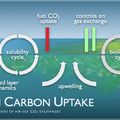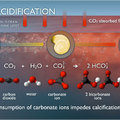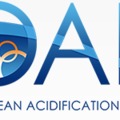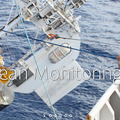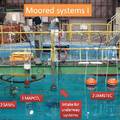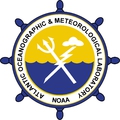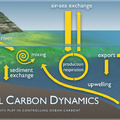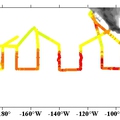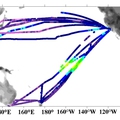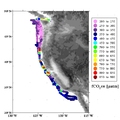The oceans are the largest sustained sink of anthropogenic carbon dioxide from the atmosphere with a flux into the ocean of about 1.6 x 1015 gram (= 1.6 gigaton) of carbon each year. Changes in this sink are determined by monitoring regional and seasonal patterns of carbon uptake and release. NOAA investigators and academic partners have outfitted research and commercial vessels with automated carbon dioxide analyzers as well as thermosalinographs (TSGs) to measure the temperature, salinity and partial pressure of CO2 (pCO2) in surface water and air in order to determine the carbon exchange between the ocean and atmosphere. This task is coordinated at national level with the U.S. Carbon Cycle Science Program. We work with the International Ocean Carbon Coordination Project (IOCCP) for international coordination.
MISSION STATEMENT
The primary mission of the Underway CO2 measurement program is to build and sustain a global CO2 observing system that will respond to the long-term observational requirements of NOAA’s Climate Change Program and provide input to international assessments of carbon sources and sinks in the global oceans.
BACKGROUND
In 1992, the CO2 Volunteer Observing Ship (VOS) program was initiated by the Climate Program Office (CPO) as part of the Global Ocean Observing System. In 2004 we expanded our underway pCO2 measurements to include VOS container ships transiting across the Pacific Ocean, and in 2006 we began measuring underway pCO2 on NOAA ships conducting research along the American west coast. To date, we maintain underway pCO2 instrumentation on 3 open ocean and 3 coastal VOS ships.

